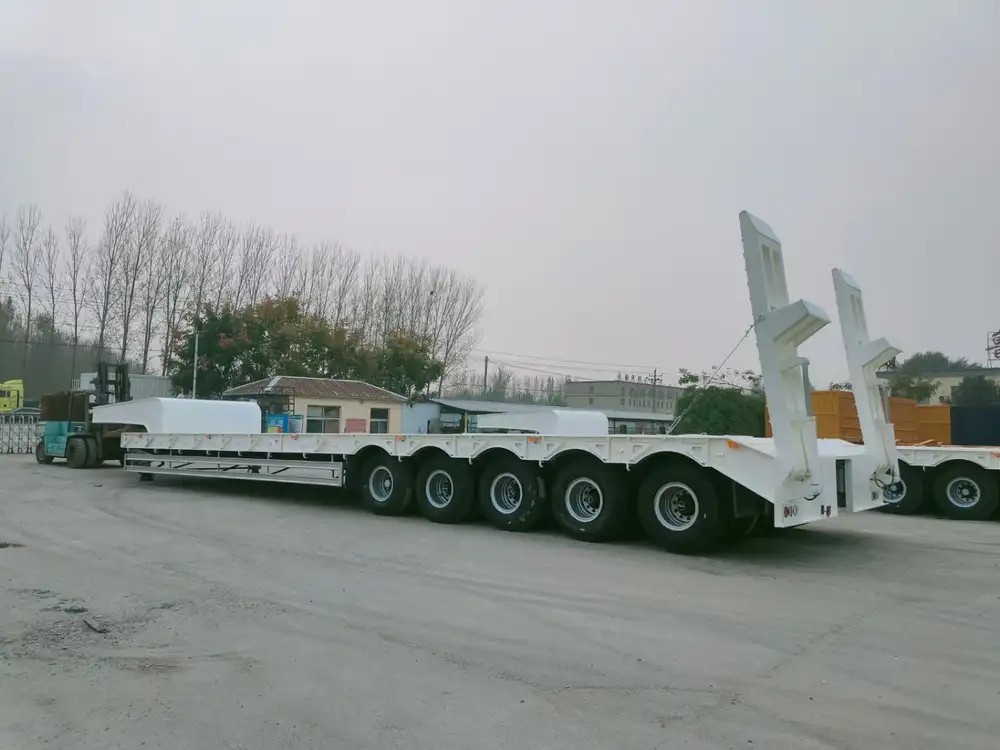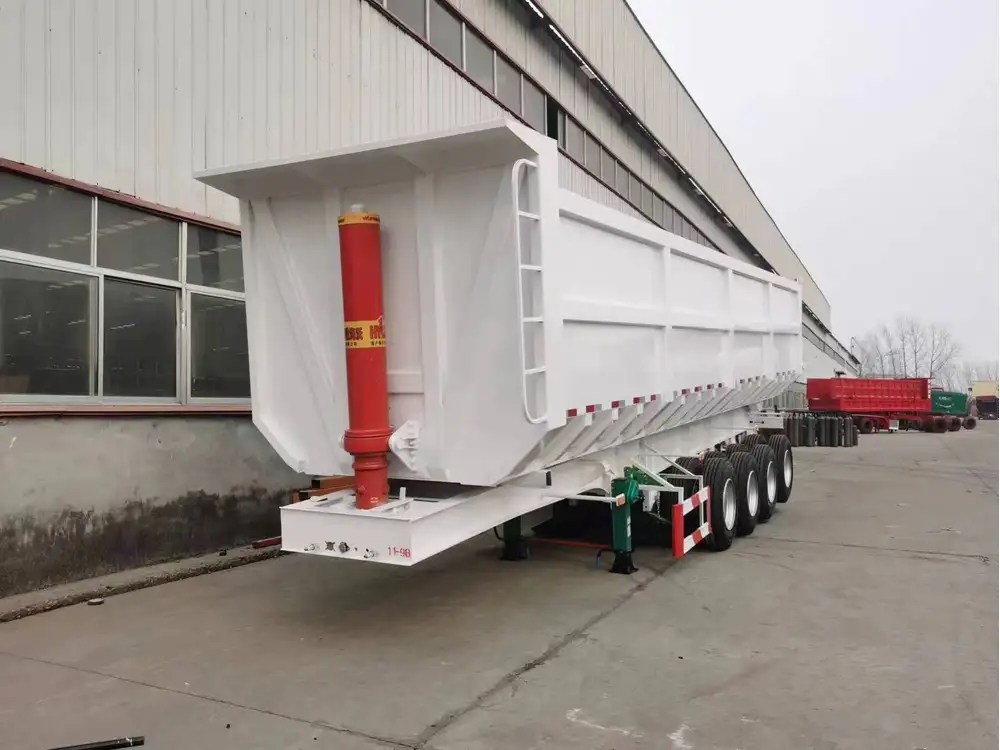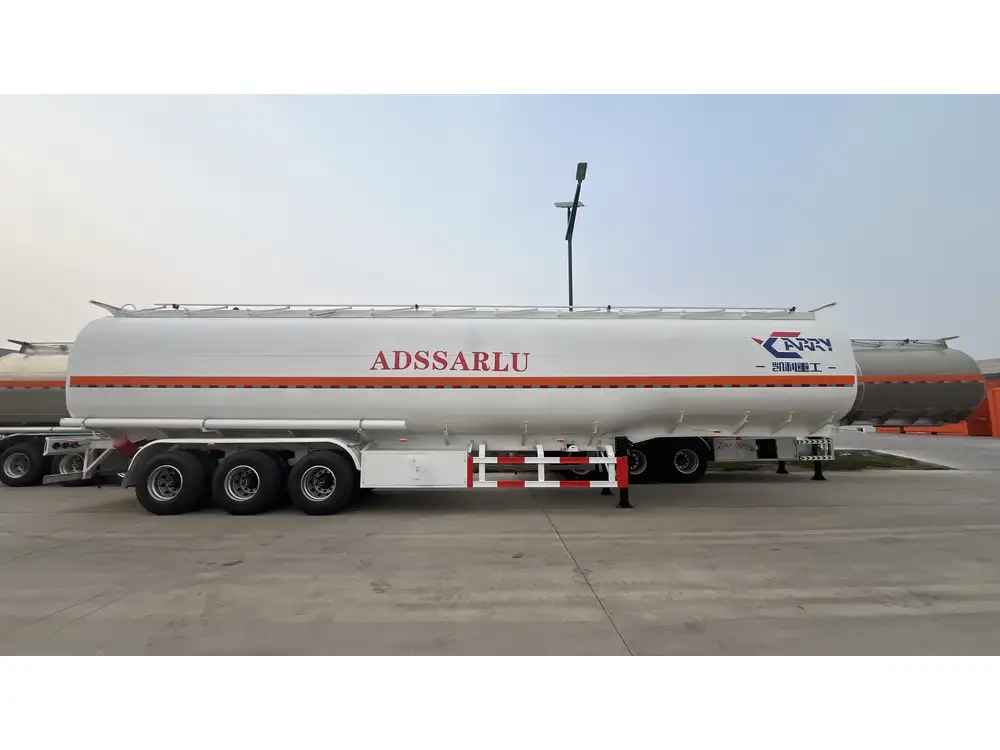When navigating the logistics of fuel transportation, one frequently asked question arises: how many gallons does a fuel tanker hold? The answer varies significantly based on the type and configuration of the tanker, the specific guidelines governing fuel transport, and the regulations within different regions. This comprehensive guide examines the nuances of fuel tanker capacities, providing vital insights for manufacturers, logistics managers, and industry stakeholders.
Types of Fuel Tankers and Their Capacities
Fuel tankers come in various designs and sizes, each tailored for specific transport needs. Below, we categorize the different types of fuel tankers, summarizing their typical capacities:
| Type of Tanker | Common Capacity (Gallons) | Description |
|---|---|---|
| Standard Fuel Tanker | 5,000 – 10,000 | Ideal for regional deliveries; often used for gasoline and diesel. |
| Medium-Duty Tanker | 10,000 – 20,000 | Suitable for larger loads, these tankers typically serve cities and suburbs. |
| Heavy-Duty Tanker | 20,000 – 40,000 | Used for long-haul transport; optimized for fuel type and capacity. |
| Specialized Tankers | 10,000 – 30,000 | Designed for specific fuel types, such as aviation fuel or chemicals. |
| B-Train Tankers | 30,000 – 45,000 | A combination of two trailers, maximizing capacity while remaining maneuverable. |
Exploring Standard Fuel Tankers
When we delve deeper into standard fuel tankers, we recognize that their average capacity typically hovers around 5,000 to 10,000 gallons. These tankers are ubiquitous in urban regions, delivering fuel to gas stations, warehouses, and distribution hubs.

The Role of Medium-Duty and Heavy-Duty Tankers
Medium-Duty Tankers (10,000 – 20,000 gallons) provide crucial support to service centers. They can access areas that larger tankers can’t, due to their more compact dimensions.
Heavy-Duty Tankers (20,000 – 40,000 gallons) are the backbone of long-distance transportation, enabling greater fuel delivery efficiency. These tankers are commonly employed for intercity transport and bulk fuel supply.
The Benefits of Specialized Tankers
Specialized Tankers play a vital role in niche markets, such as the delivery of aviation fuel or liquid chemicals. Their capacities range from 10,000 to 30,000 gallons, contingent upon safety regulations and the specific needs of the transported material. The characteristics and designs of specialized tankers are meticulously engineered to ensure maximum safety and compliance with transportation norms.
The B-Train: A Hybrid Solution
The B-Train Tanker, which typically holds 30,000 to 45,000 gallons, represents an innovative approach to fuel transportation. By combining two trailers, it efficiently enhances capacity while maintaining maneuverability. This architectural elegance allows for versatile operational use without compromising on safety.

Factors Influencing Fuel Tanker Capacity
Understanding the capacity of various fuel tankers requires comprehending the factors influencing these measurements. It involves considering industry regulations, dimensional constraints, and ever-evolving transportation standards.
Regulatory Compliance
Regulations governing fuel transport frequently dictate tanker design specifications and capacities. For example, in the United States, the Federal Motor Carrier Safety Administration (FMCSA) maintains stringent guidelines related to the transportation of hazardous materials, including fuel. These guidelines steer manufacturers in creating tankers that comply both with safety and environmental standards.
Regional Variations
The environment where the tankers operate also dictates specifications. Urban areas might mandate different design features than rural locales, prompting manufacturers to adapt their products accordingly. Factors such as local infrastructure, road conditions, and transport routes influence which types of tankers are most practical.

Customization for Specific Fuels
The kind of fuel being transported matters significantly. Diesel, gasoline, aviation fuel, and various chemicals necessitate unique tanker designs. Moreover, each type of fuel has its own storage requirements that impact the shape and capacity of the tanker itself. Such considerations are integral to ensuring that fuels are stored safely and transported without risk.
How to Choose the Right Fuel Tanker
Choosing the right fuel tanker hinges on several critical factors that logistics managers, manufacturers, and stakeholders must assess carefully.
Intended Use and Transport Routes
Prior to selection, identifying the tanker’s intended use and the routes it will traverse is essential. If a tanker primarily distributes fuel in densely populated urban locales, a medium-duty configuration may prove superior. However, longer haul routes may necessitate the capacity and durability of heavy-duty tankers.

Safety Features
The safety of hazardous materials like fuel cannot be overstated. When selecting a tanker, it’s imperative to ensure that it comes equipped with advanced safety features. These may include:
- Anti-siphon valves
- Overfill protection systems
- Crash-resistant designs
- Secondary containment measures
Capacity vs. Efficiency
While a larger tanker might seem advantageous due to greater capacity, it’s crucial to weigh this against efficiency and operational costs. A tanker too large for typical routes may lead to inefficiencies, despite its capability to carry more fuel.
Maintenance and Durability
The long-term viability of the chosen tanker is significantly influenced by maintenance needs and durability. Manufacturers proficient in semi-trailer production must also emphasize using high-quality materials that enhance the lifespan of their products.

Challenges in Fuel Tanker Transportation
The realm of fuel tanker transportation is not without its challenges. By dissecting common issues, we can more effectively address them.
Compliance and Legal Challenges
Navigating the legal landscape, particularly regarding fuel transportation regulations, poses a significant challenge. Staying compliant with ever-evolving laws requires continuous monitoring and potential modification of tanker designs.
Environmental Concerns
The pressure to adopt environmentally friendly practices is intensifying. Fuel tanker manufacturers must innovate solutions to mitigate environmental impacts, such as incorporating electric or hybrid technologies into their designs.

Technological Integration
As technology advances, the expectation for tankers to possess smart features, such as GPS tracking and real-time fuel monitoring, has increased. Manufacturers must balance these innovations with the practical costs associated with their implementation.
Conclusion: What the Future Holds
Understanding how many gallons an average fuel tanker holds is just a part of the larger picture. The industry faces numerous moving parts, from regulatory compliance to technological innovation. As manufacturers, our role lies in responding to evolving demands and crafting solutions that not only meet capacity needs but also exceed safety, environmental, and operational standards.
In this multifaceted landscape, staying informed, engaged, and proactive is crucial for success. Whether configuring a standard tanker for urban deliveries or investing in a heavy-duty solution for inter-city transport, the considerations we make today directly impact our future in fuel logistics.
When considering investments in fuel tankers, we encourage potential customers to conduct thorough evaluations based on the outlined criteria. The decision-making process is inherently intricate, but with the right knowledge and resources, we can ensure that your selections align with your operational goals and transport needs effectively.



